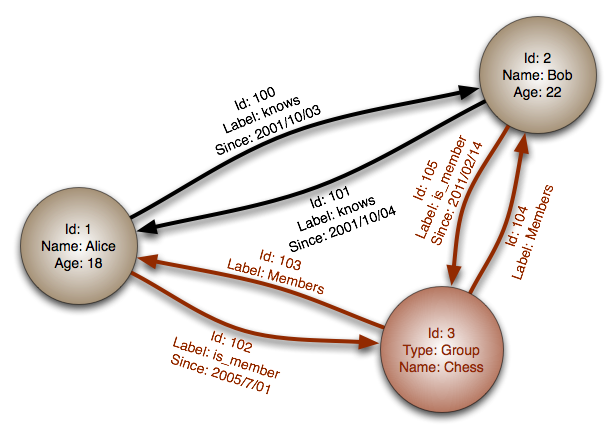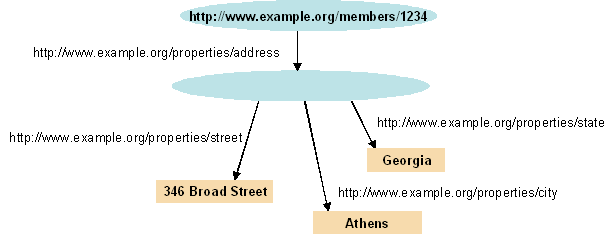CS377: Database Design - NoSQL Data Models
Activity Goals
The goals of this activity are:
- To distinguish between four types of NoSQL database models: document, key-value, columnar, and graph
Supplemental Reading
Feel free to visit these resources for supplemental background reading material.
The Activity
Directions
Consider the activity models and answer the questions provided. First reflect on these questions on your own briefly, before discussing and comparing your thoughts with your group. Appoint one member of your group to discuss your findings with the class, and the rest of the group should help that member prepare their response. Answer each question individually from the activity on the Class Activity Questions discussion board. After class, think about the questions in the reflective prompt and respond to those individually in your notebook. Report out on areas of disagreement or items for which you and your group identified alternative approaches. Write down and report out questions you encountered along the way for group discussion.
Model 1: Document Database
Questions
- What does this model remind you of, that you have seen before?
- What types of applications are best suited to this model?
Model 2: Key-Value Database
Questions
- How does this model relate to a normalized relational database?
- How is this model similar to a document model? How is it different?
- What types of applications are best suited to this model?
Model 3: Columnar Database
Questions
- What does this model remind you of, that you have seen before?
- What types of applications are best suited to this model?
Model 4: Graph Database
Questions
- What types of applications are best suited to this model?
- Using redis, set up a graph database of the groups in class, and print out each group. Here is the Redis for Python API Documentation for reference.
Embedded Code Environment
You can try out some code examples in this embedded development environment! To share this with someone else, first have one member of your group make a small change to the file, then click "Open in Repl.it". Log into your
Repl.it account (or create one if needed), and click the "Share" button at the top right. Note that some embedded Repl.it projects have multiple source files; you can see those by clicking the file icon on the left navigation bar of the embedded code frame. Share the link that opens up with your group members. Remember only to do this for partner/group activities!
Submission
Submit your answers to the questions using the Class Activity Questions discussion board. You may also respond to questions or comments made by others, or ask follow-up questions there. Answer any reflective prompt questions in the Reflective Journal section of your OneNote Classroom personal section.



